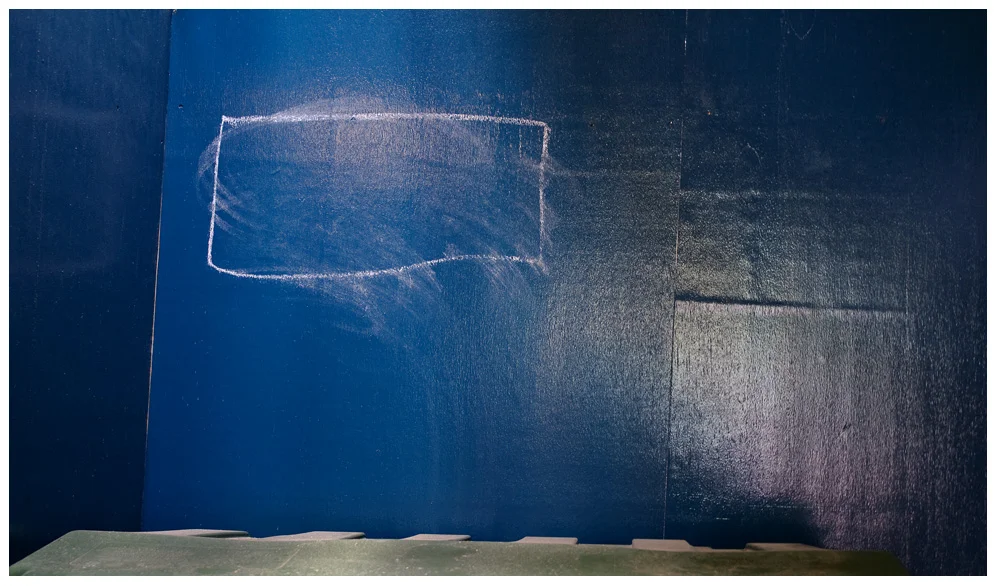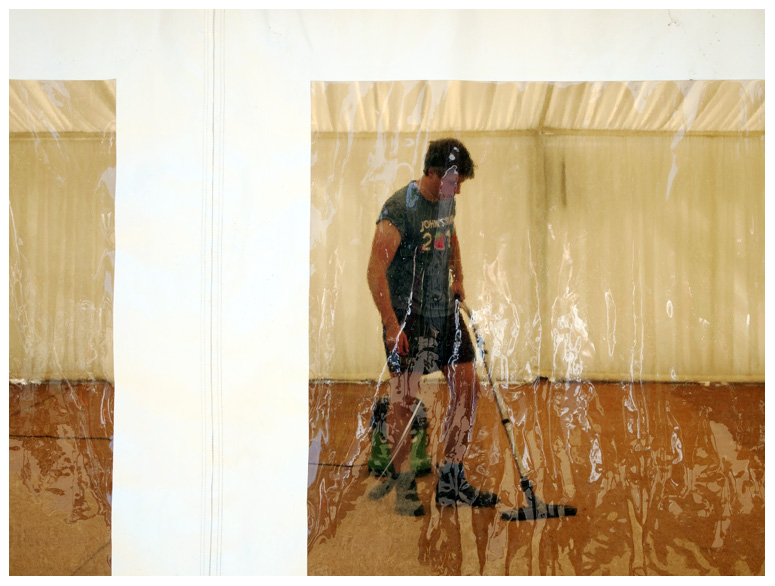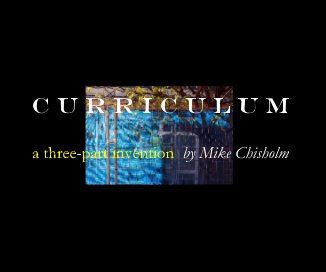A selection from the series CURRICULUM
About an earlier campus-based project, Pentagonal Pool (2006), I wrote:
The last two decades have been Interesting Times for British universities. In the 1960s and 70s pressure for change came from below, from students, which the universities more or less absorbed. Since the 1980s pressure for change has come from above, from government, and has resulted in permanent revolution. The transformation of polytechnics to full university status; successive rounds of quality assessment of teaching and research linked to a shrinking pot of government funding; universities forced to compete for students in pursuit of fee income; enormous increases in student numbers; the abolition of tenure and the use of fixed-term contract researchers in place of permanent staff; an emphasis on vocational and commercial relevance coupled with a crisis of faith in the humanities; an impatience for measurable results within short timescales; etc., etc. Inevitably, the very nature and purpose of higher education have come under scrutiny, and this 'challenging' climate of pressure and change formed the background to my solitary lunchtime walks.
Nothing much has changed in the last five years, other than a wider acceptance of the idea of higher education as a commodity with a price-tag, and a steep rise in its cost to the "consumers". In common with many beneficiaries of the original post-war educational disposition, I have found myself out of sympathy with this new climate. My daily photographic pursuit of images of transparency, translucency and shadow play (in a place whose purpose was once said to be "to turn mirrors into windows") has been one way of reflecting upon and engaging with this Hall of Smoke and Mirrors, if only metaphorically.
The mediaeval university curriculum known as the trivium (the "three roads", Grammar, Logic, and Rhetoric) was perhaps the first Western formulation of an educational product, designed to instill the elements of language, analysis, & communication. It seems to have been effective and, in the humanities at least, it can seem that we have simply been changing the balance of the package ever since. I have borrowed its three-part structure as a ready-made scaffolding for this book.
Most students eventually discover that study can be a dry diet, and badly in need of a little juice. As Goethe's Mephistopheles puts it to a disillusioned Faust, "All theory is grey, and green alone the golden tree of life" (or, as a colleague of the deceased notes admiringly in Browning's poem A Grammarian's Funeral, "This man decided not to Live but Know"). The grammar and logic of those two quotations are questionable, but their rhetorical intent is clear. That elusive green, golden tree makes many guest appearances in these images.
I like to think my photographs are in a line of descent from that 9th century monk, copying a text in an Irish scriptorium, who added a rapt marginal note in his native tongue: "Pleasant to me is the glittering of the sun today upon these margins because it flickers so". I like the idea of distraction as revelation ― salvation, even. To attend respectfully to such evanescent side-shows of grace is, I suggest, to choose to play a longer game. To any disillusioned new HE customer wondering, "Is this it?" I would counter, "No, this is it. Ask Mephistopheles."
Mike Chisholm 2011
A full preview of the Blurb Book of this series is available:













